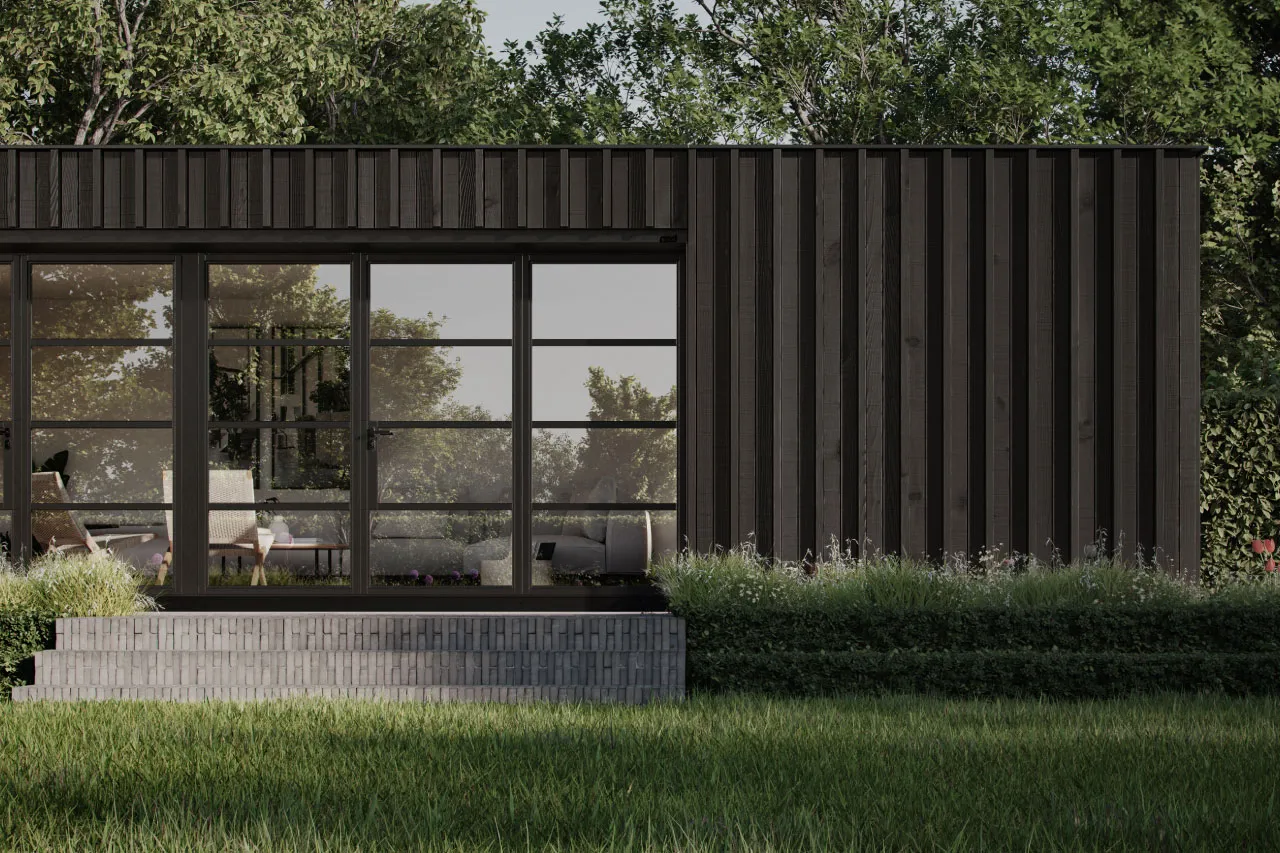
A granny or garden annexe is a type of outbuilding that is used to provide accommodation for a family member or other close relative. It is important to note that planning permission is not always required for an annexe.
Under UK law, certain types of development can be carried out without planning permission. This is known as permitted development rights. As a general rule, a building that will be used as primary living accommodation will need planning permission. This includes an outbuilding to be used as a bedroom or a separate self-contained accommodation.
To apply for planning permission, you will need to submit an application to your local planning authority. The application will need to include detailed plans and drawings of the annexe, as well as a statement explaining why you need planning permission.
It is always a good idea to seek expert advice before starting any development project, including building an annexe. Your chosen manufacturer can point you in the right direction, and a planning consultant can help you determine whether or not you need planning permission and can assist you with the application process.

It is important to note that every planning application is judged on its own merits, so there is no guarantee that following these tips will guarantee planning permission for your annexe. However, by taking these factors into account, you can increase your chances of success.
To make it simple, at Pod Space, we have categorised our buildings as Living Pods and Garden Pods. Living Pods are highly likely to require planning permission as they are self-contained buildings, complete with bedroom, kitchen and bathroom, with the intention of sleeping in. Our Garden Pods are lifestyle buildings (still built to the same high standards) but are not intended to be lived in and used as garden offices, gyms or indeed any activity you can think of.
If you have any questions at all, please don't hesitate to get in touch.